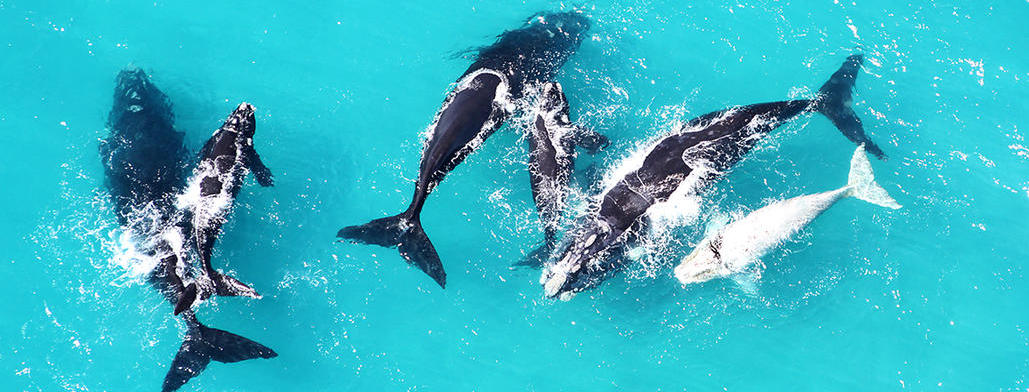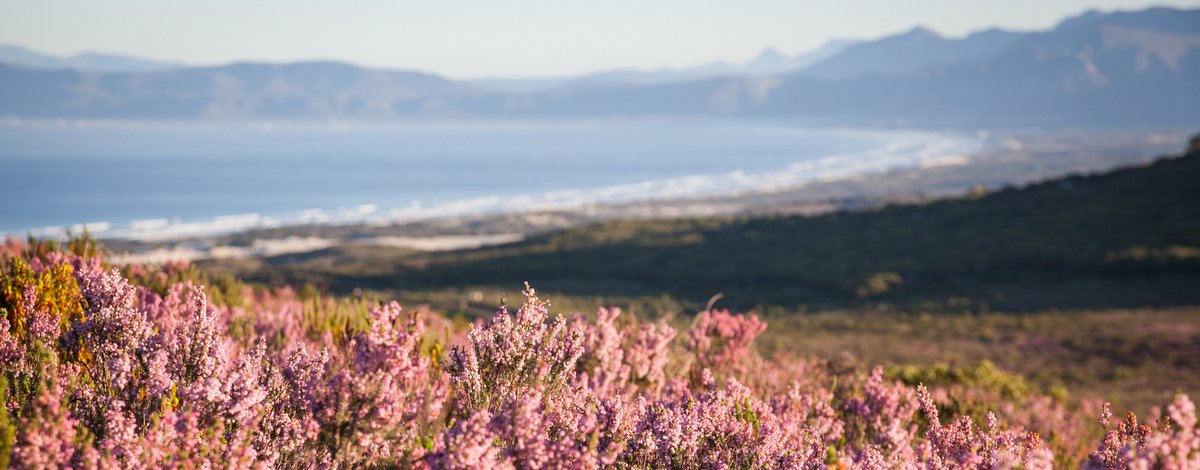SAFARI – Fantastic for birds and botany, the bush is green and lush and afternoon thunderstorms can be sensational, the resultant light after a storm is sublime – excellent for photography. It can be hot and humid. Rainfall is mainly limited to late afternoon thundershowers and should not detract much from game viewing, rain can however result in less off-road driving.
CAPE TOWN – Warm and dry, the beaches are beautiful and there is a festive vibe. It does get busy and we would therefore suggest avoiding Cape Town over Christmas and New Year.
DECEMBER: The Western Cape is beautiful with slight chances of rain, but generally warm dry days. Kruger/Natal and Eastern Cape have some rains (less in the arid Eastern Cape) with hot days. Turtle nesting peaks during this season in Natal.
JANUARY: Nice and hot month all round, dry in the Western Cape, heaviest rainfall in the Kruger/Natal area, some rains in the Eastern Cape.
FEBRUARY: The hottest month of the year. Fantastic in the Cape, Kruger area can be wet. Turtle hatchlings peak in Natal.



















